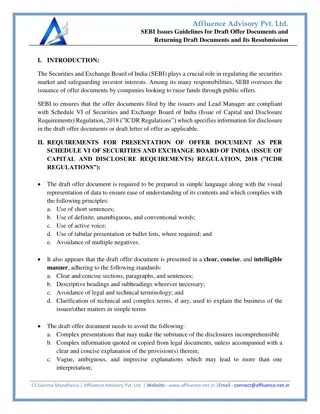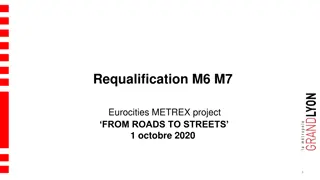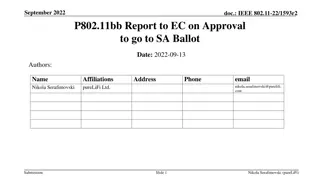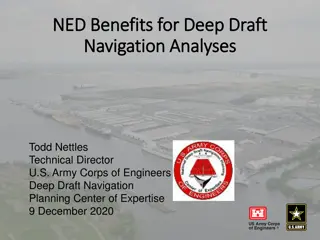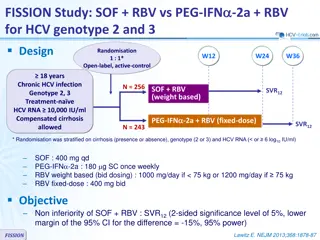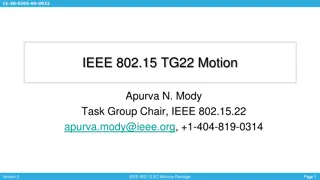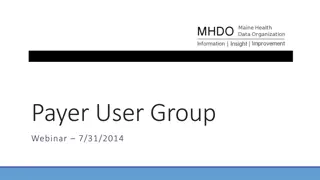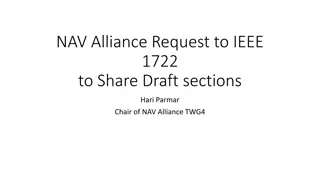
Implementing Masterplans: Key Insights and Lessons Learned
Discover valuable lessons and insights on implementing masterplans for industries, including stakeholder engagement, project management approaches, and the importance of governance structures. Learn how to effectively plan, prioritize, and monitor the implementation of masterplans for successful outcomes.
Uploaded on | 1 Views
Download Presentation

Please find below an Image/Link to download the presentation.
The content on the website is provided AS IS for your information and personal use only. It may not be sold, licensed, or shared on other websites without obtaining consent from the author. If you encounter any issues during the download, it is possible that the publisher has removed the file from their server.
You are allowed to download the files provided on this website for personal or commercial use, subject to the condition that they are used lawfully. All files are the property of their respective owners.
The content on the website is provided AS IS for your information and personal use only. It may not be sold, licensed, or shared on other websites without obtaining consent from the author.
E N D
Presentation Transcript
TIPS Lessons Learnt on Implementing Masterplans By Lunga Msengana
Overview Masterplans have created a platform for stakeholders to engage on issues affecting their industries. There were major benefits in using a project management approach. Reviewing lessons learnt has contributed to continuous improvement. Stakeholder composition for masterplans. The life cycle of masterplans. The need for a project management approach for the masterplans. Various lessons learnt in the implementations of masterplans.
The planning and execution of masterplans is achieved by effective relationships between various stakeholders, like: Government Departments Organised Labour Private Sector Service Providers
Decide on the Masterplan. Establishing governing structures. Phase 1: Preparation Situational analysis. Mapping of the To be situation . Phase 2: Development Compile list of outcomes and prioritise them. Phase 3: Priorities & Develop Plans Implementation of the plans within the governance framework. Phase 4: Implementation Monitoring and controlling of activities as per plans. Phase 5: Monitor & Control
We can confine the scope of work to target specific deliverables. Allows the teams to have a strong focus on the goals to be achieved. We can mitigate the risks associated with the deliverables. We can effectively manage stakeholder expectations. It provides a platform for conflict management. We can manage and monitor the delivery of benefits.
Retail, Clothing, Textile, Footwear & Leather Sugar Steel Forestry Medical Technology Plastics 1. 2. 3. 4. 5. 6.
They created a platform for industry players to engage each other on a regular basis on matters affecting their industries. Methods for tracking the progress on commitments were established. This made engagements to be more objective. There were clear plans for implementation, and these were monitored and controlled. Leveraging on diversity since stakeholders were coming from different backgrounds.
There can be issues of escalation that are beyond the implementation team s locus of control. Intergovernmental engagements. Some deliverable take more time to implement due to the nature of engagements and diversity of stakeholders. Major shakeups in one dominant company have been a risk to the masterplans.
Effective resourcing for masterplans in terms of finances and human resources. Review the structures of oversight committees and working groups. More effective ways for escalating and unblocking issues. Narrowed focus to resolve priority challenges in an industry.
Levin, S. & Makgetla, N. 2019. Masterplans and Industrial Policy. Policy Brief:1:2019. Masterplan Guide


